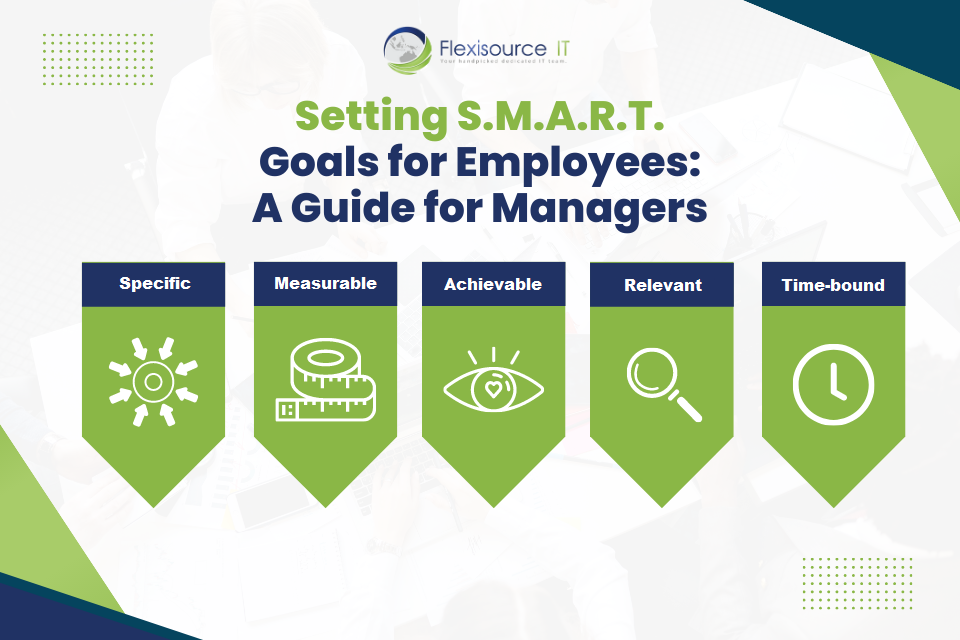Setting S.M.A.R.T. Goals for Employees: A Guide for Managers
If you are a project manager, you are probably familiar with the feeling of frustration when achieving goals for you and your teams. It can be a struggle to reach […]
Setting S.M.A.R.T. Goals for Employees: A Guide for Managers Read More »






